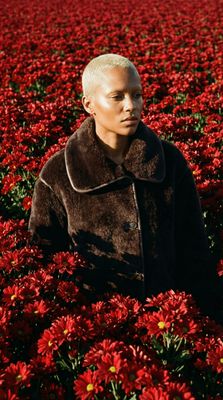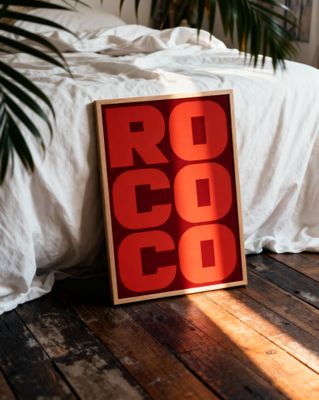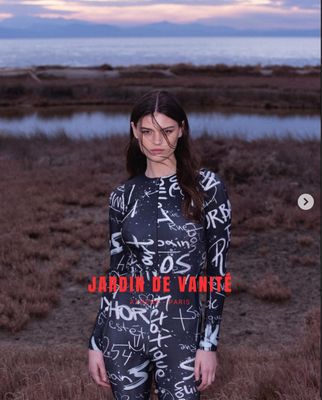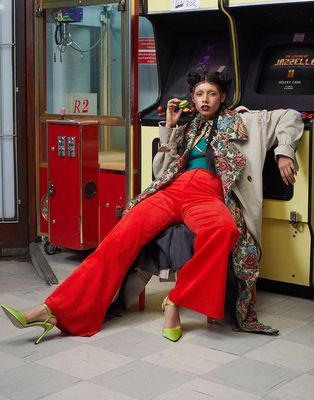Everything about the color Cinnabar
The meaning of the color cinnabar and color combinations to inspire your next creation.
Browse images in the color cinnabar
What color is cinnabar?
Cinnabar is a vibrant, warm red-orange hue that exudes energy and passion. It is reminiscent of fiery sunsets and autumn leaves.
What are similar colors to cinnabar?
For variations within the same vivid and warm spectrum as cinnabar, consider:
- Vermilion (#E34234) shares cinnabar's intense red-orange tone, offering a bold and dynamic presence.
- Scarlet (#FF2400) is slightly more red but maintains the fiery vibrancy of cinnabar.
- Coral (#FF7F50) is softer and more pinkish, providing a gentler alternative to cinnabar's boldness.
- Crimson (#DC143C), while deeper, shares cinnabar's rich and passionate undertones.
What color goes with cinnabar?
To complement cinnabar's vibrant tones, consider pairing it with:
- Teal (#008080) offers a cool, contrasting balance that enhances cinnabar's warmth.
- Ivory (#FFFFF0) softens cinnabar's intensity with its gentle, neutral hue.
- Sage (#BCB88A) provides a muted, earthy contrast that complements cinnabar's boldness.
- Lavender (#E6E6FA) adds a calming, elegant touch with its soothing, purple-tinged hue.
What color conflicts with cinnabar?
To avoid clashing with cinnabar's vibrant energy, consider avoiding:
- Black (#000000) can overpower cinnabar's brightness.
- Gray (#808080) could dull the vibrancy of cinnabar.
- Beige (#F5F5DC) may neutralize cinnabar's intensity.
- Cream (#FFFDD0) risks washing out cinnabar's boldness.
What does the color cinnabar represent?
Cinnabar represents vitality, passion, and transformation, often associated with life and renewal. It is a color that symbolizes energy and dynamism. Psychologically, cinnabar can evoke feelings of excitement and enthusiasm, stimulating creativity and action. It is often used to draw attention and create a sense of urgency. In art, photography, and design, cinnabar is used to create bold statements and focal points, adding warmth and intensity to compositions. Its vibrant hue can evoke emotions and capture the viewer's attention effectively.
What's the history of cinnabar?
The name "cinnabar" originates from the ancient Greek word "kinnabari," referring to the red mineral mercury sulfide, which was used as a pigment. Historically, cinnabar was highly valued for its vibrant color and was used in art and decoration, notably in Chinese lacquerware and Roman frescoes. In modern times, cinnabar continues to be used in various design applications, appreciated for its bold and energetic hue that adds a dynamic touch to any palette.
Color Variations
Shades
Tints
Hues
Color Palettes
Monochromatic
Complementary
Analogous
Triadic
Tetradic
Images with cinnabar color
Color Conversions
#E34234rgb(227, 66, 52)rgb(89%, 26%, 20%)0, 71, 77, 11hsl(5, 76%, 55%)5, 77, 89#E3423452, 61, 4434, 20, 552, 76, 3611100011, 01000010, 00110100Color(red: 0.8901960784313725, green: 0.25882352941176473, blue: 0.20392156862745098)UIColor(red: 0.8901960784313725, green: 0.25882352941176473, blue: 0.20392156862745098, alpha: 1.0)Color(0xFFE34234)










